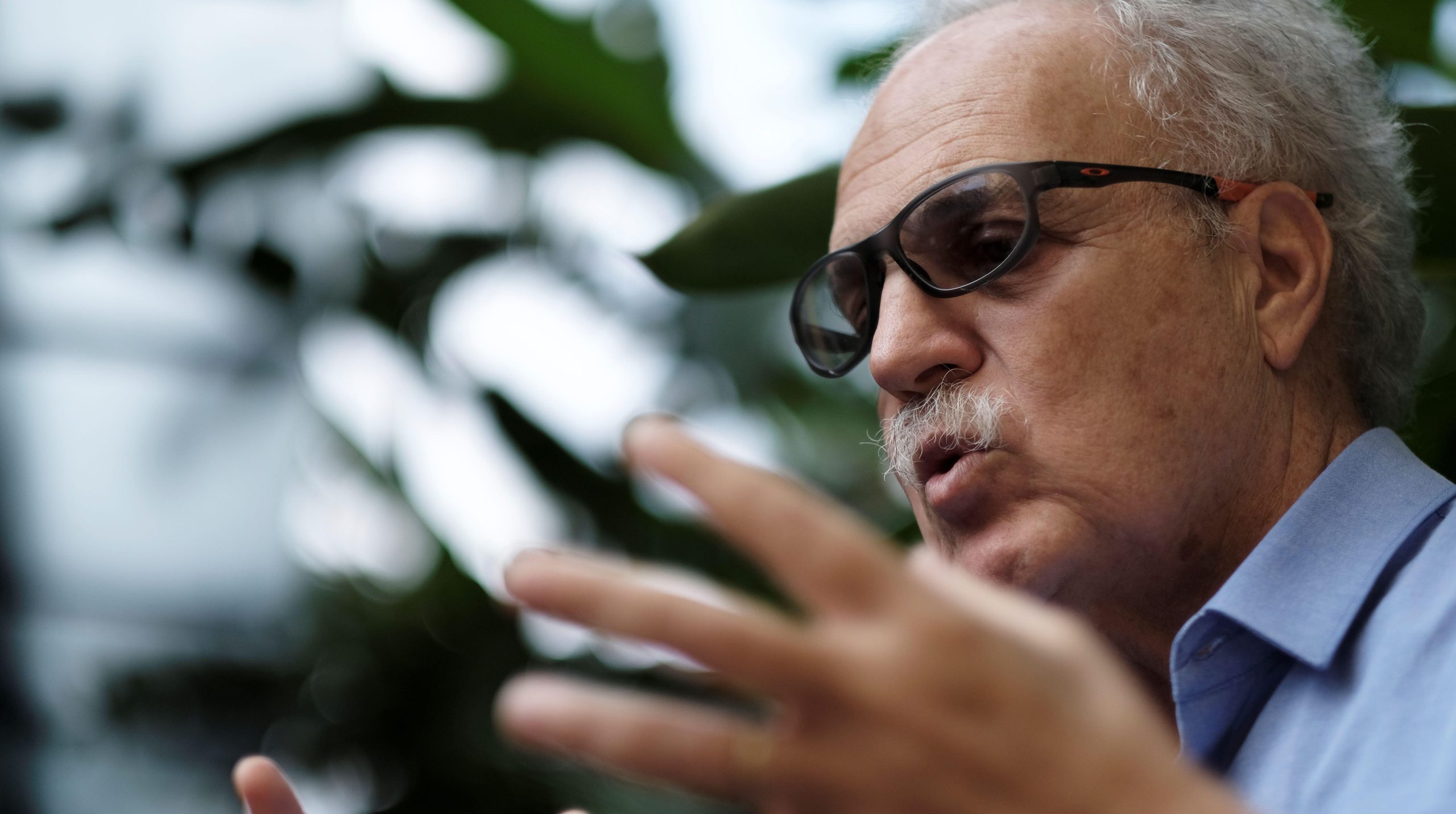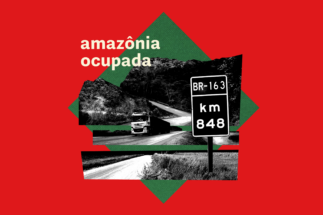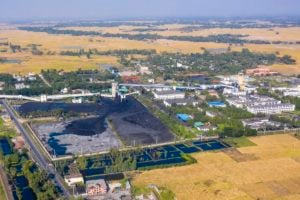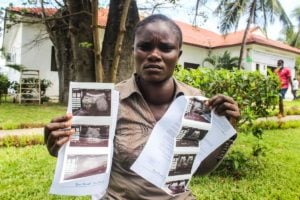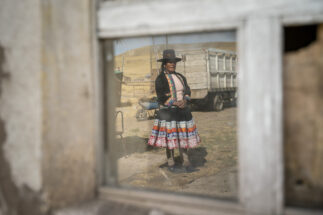In the early 1970s, a young Carlos Nobre was introduced to the Amazon rainforest by a university professor who wanted his students to see the different regions of Brazil first hand. He was instantly fascinated and soon made it the main focus of his research. Now an acclaimed climate scientist, Nobre has over the past half-century used his work to sound the alarm about changes in the biome that threaten its rich biodiversity and the global climate.
For generations, the Amazon has captured and stored an immense amount of carbon in its soils, dense trees and plant life, helping to keep the global environment stable. But deforestation and fires, warmer temperatures and ever drier conditions are taking their toll on the rainforest, which is gradually losing its ability to act as a carbon sink. Failure to act quickly, Nobre warns, could cause the Amazon to finally cross a “tipping point” that will see increasingly large swathes of the rainforest turn to dry tropical savannah, with profound global impacts.
Diálogo Chino spoke with Nobre at the recent COP27 climate summit in Egypt, where he described the changes being seen in the rainforest and called on governments to take urgent action. He also spoke of a need to create “a new Amazon economy” that preserves biodiversity, and expressed confidence in the prospective environmental policies of Brazil’s president-elect Lula da Silva, who will take office in January.
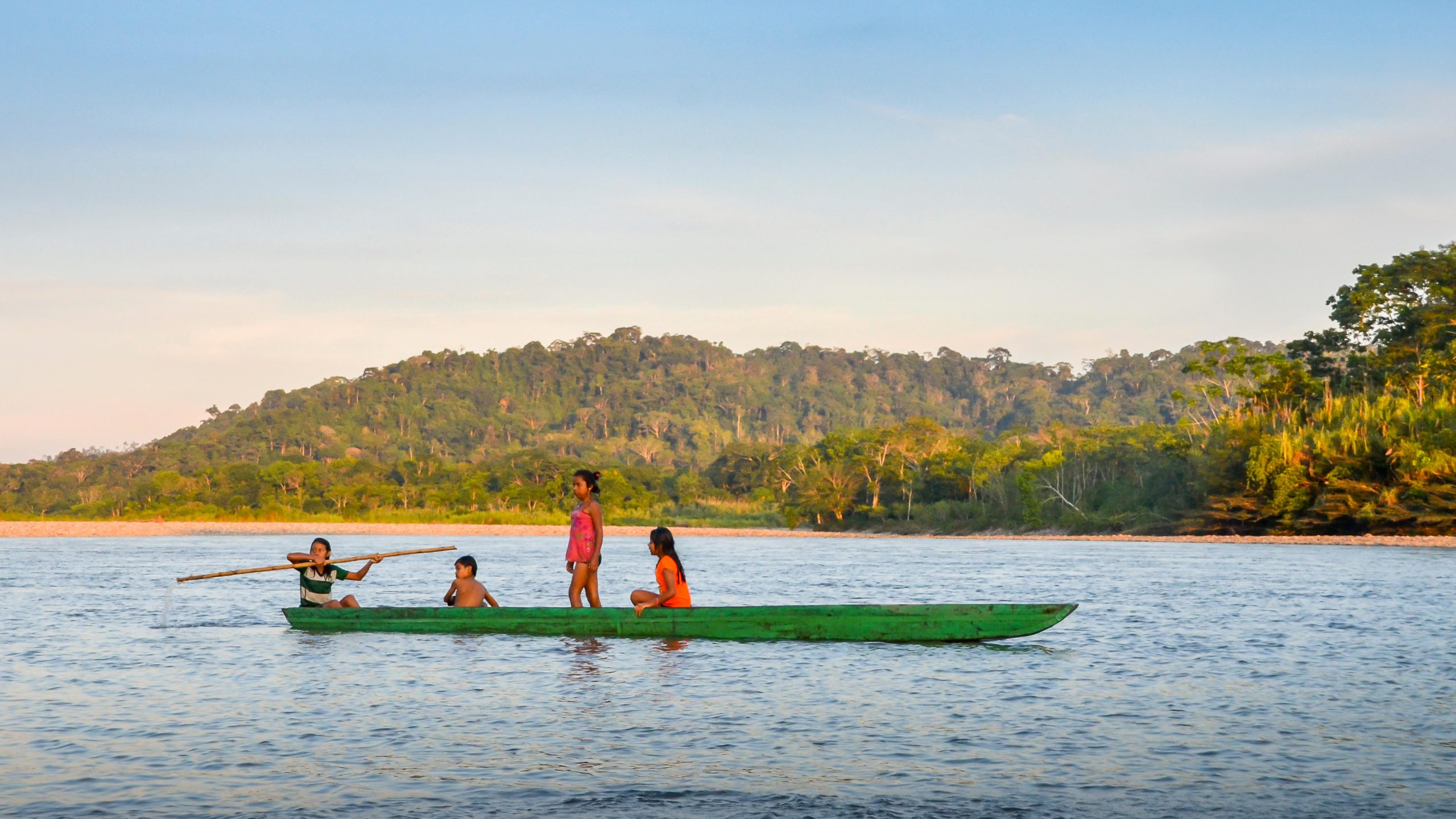
Diálogo Chino: Could you tell us a little about the scale and sorts of changes that have happened in the Amazon?
Carlos Nobre: In the last 50 years, we have cleared 18% of the Amazon, more than a million square kilometres, and another million square kilometres are heavily degraded. The Amazon evolved over millions of years, creating a very efficient system for recycling its water. But now this is being disrupted by changes in the rainforest’s climate. These changes are already reducing rainfall in eastern Argentina and Uruguay and in southern Brazil. The region could soon have a much longer dry season, affecting agricultural production in all three countries.
You have previously written about a “tipping point” for the Amazon that, according to modelling, could be passed once 20% of its forest has been lost. How close is the biome to crossing such a point?
Very close. We are already seeing a marked alteration in the southern Amazon, which is changing from rainforest to tropical savannah. Forests act as natural carbon sinks, removing a third of global carbon emissions, but now the Amazon is at risk of becoming a source of carbon. If the tipping point is passed, more than 50% of the Amazon rainforest will become a degraded open-canopy ecosystem over the next 30 to 50 years, with much less biodiversity and carbon stored. Some projections indicate that the forest could release 200 billion tonnes of CO2 in that period.
What would this mean for the Paris Agreement’s goals of keeping global average temperature rises to 1.5 or 2C? Could they still be met?
If the tipping point in the Amazon is exceeded, it will not be possible to meet the 1.5C target of the Paris Agreement. The rainforest would be releasing enough emissions to bring the global temperature rise to 2.5C. To save the Amazon, the climate stability of South America and the planet, we have to reach zero deforestation, avoid forest degradation and change the agricultural model.
How can forest loss be stopped, and how can such a shift be made?
We have to create a new economy for the Amazon, assigning an economic value to its biodiversity. Today, all the economic sectors in the forest, from mining to fossil fuels to agriculture, see no value in the forest and want to eliminate it. We have to show that biodiversity can generate a more powerful economy than extractive industries.
It is a big challenge for all countries, but we have to find solutions based on technological innovations and learn from Indigenous Peoples. They have been there for 12,000 years and have developed a way of life that keeps the forest standing. One solution would be to create an Amazon institute of technology, putting the best scientists and students to work for this new economy, with input from the Indigenous communities.
Creating such an institution would require collaboration between Amazonian countries, something seen at COP27 with Venezuela, Brazil and Colombia. Do you have hopes that a joint approach can address the challenges faced by the rainforest?
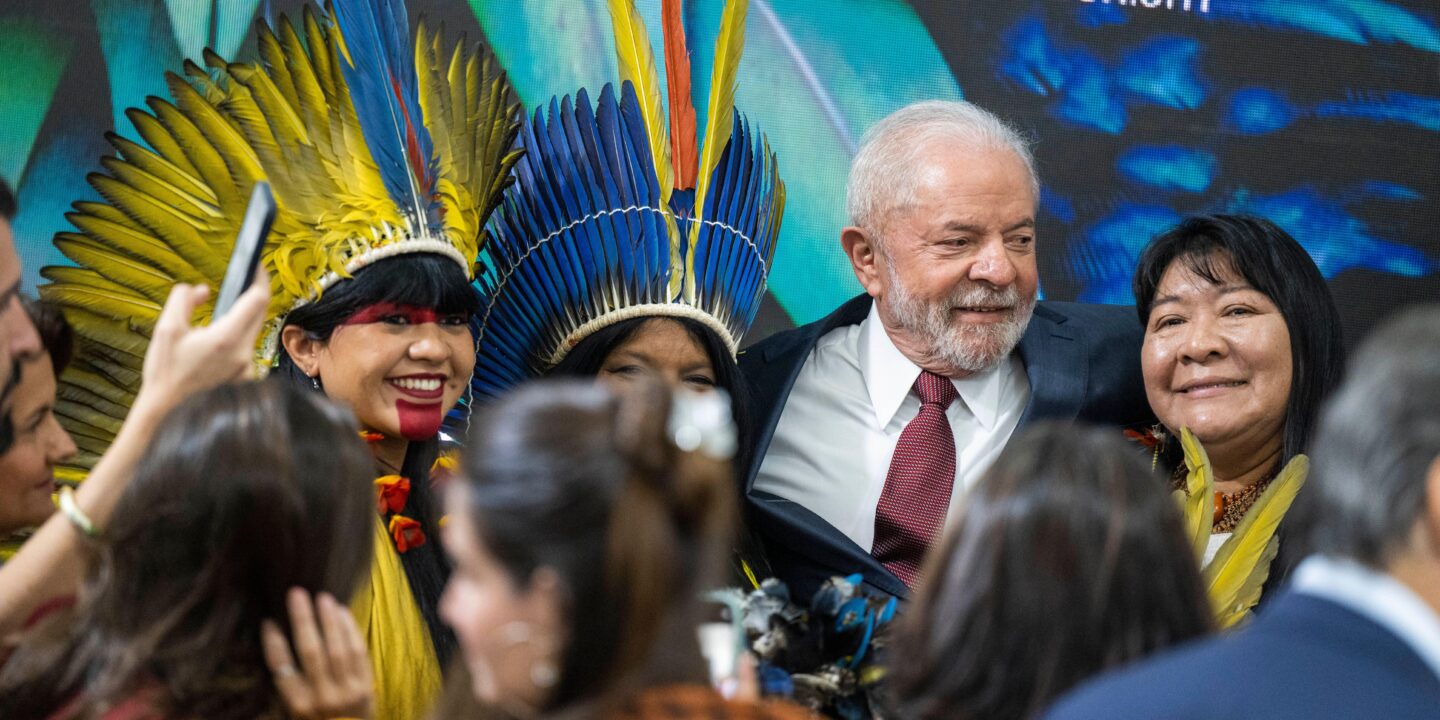
I am optimistic about progress towards a new economy for the Amazon under [Colombian president] Gustavo Petro and Lula da Silva. Petro has been radical against deforestation and the extractive economy in Colombia, while Lula managed to reduce deforestation during his previous government [2003-2010]. Lula has committed to zero deforestation – not just fighting illegal deforestation. This is a feasible goal that we should pursue. The situation is more complicated in Venezuela, where mining is expanding into Indigenous territories. Hopefully Brazil and Colombia can start to lead this change and Venezuela will follow.
How will Brazil transition from the environmentally destructive policies of Jair Bolsonaro to a new, more protection-focused government under Lula?
From 1 January, when Lula is sworn in, there will be hundreds of presidential decrees from the federal government reversing Bolsonaro’s actions. He weakened environmental legislation, reduced the budget of law enforcement agencies and encouraged land grabbing and illegal mining. All this led to an expansion of organised crime. Today, 90% of deforestation in the Brazilian Amazon is illegal. We can tackle this with effective law enforcement.
The other challenge is to transform the agribusiness sector, which is dominated by the far right and climate change deniers. Bolsonaro only benefited large landowners, and not family-run farms. The sector must move towards a regenerative model, incorporating technology and increasing productivity.
This interview has been lightly edited for brevity and clarity.
